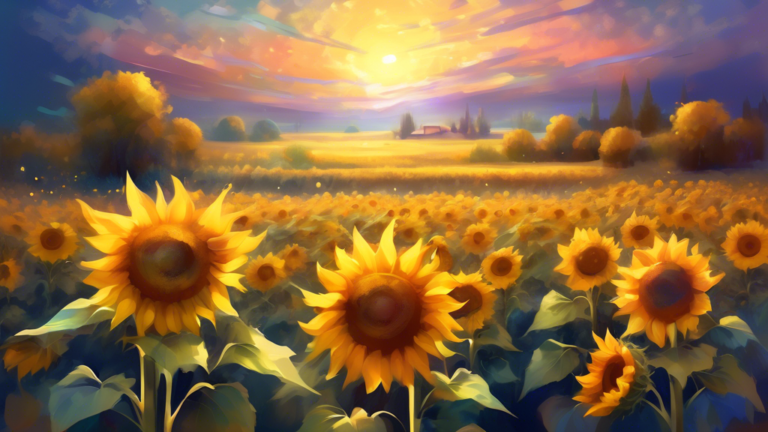Exploring the Spiritual Significance of the Poppy Flower
Introduction to the Poppy Flower
The poppy flower, known for its vibrant colors and delicate petals, has captivated human imagination for centuries. Beyond its aesthetic appeal, the poppy holds profound spiritual significance in various cultures around the world. This significance is deeply rooted in the flower’s unique properties, historical uses, and mythological associations.
Spiritual Symbolism of the Poppy
Symbol of Remembrance and Mourning
Perhaps the most widely recognized symbolic use of the poppy is as a symbol of remembrance. Following World War I, the red poppy became synonymous with the sacrifice of soldiers and has since been used to commemorate military personnel who have died in war. This association stems from the poem In Flanders Fields written by Lieutenant Colonel John McCrae, which speaks of poppies growing on the graves of soldiers in the battlefields of Flanders.
Connection to Sleep, Peace, and Death
The poppy’s link to sleep and death is most prominently depicted through its connection to opium derived from some species of poppies. The narcotic properties of the opium poppy have historical use in medicine and for inducing sleep. In a spiritual context, poppies represent eternal sleep or peace, hence their frequent use in funerary rites and memorials. The Greeks, for instance, associated poppies with Hypnos (the god of sleep) and Thanatos (the god of death), symbolizing a peaceful transition in the afterlife.
Rebirth and Resilience
In addition to themes of sleep and peace, poppies also embody the themes of rebirth and resilience. They are among the first flowers to bloom in devastated war-torn lands, symbolizing hope and the renewal of life. This ability to thrive in adverse conditions is viewed spiritually as a testament to the enduring nature of the soul and the possibility of new beginnings.
Poppy in Mythology and Legend
Greek and Roman Mythologies
For the ancient Greeks and Romans, poppies were integral to many rituals and artworks, often depicted in association with the goddess Demeter (Ceres in Roman), the goddess of agriculture. Demeter’s story involves the use of a poppy in order to soothe her grief after the loss of her daughter, Persephone, highlighting the flower’s connection to solace and comfort in times of sorrow.
Use in Asian Traditions
In Eastern cultures, particularly in China, the poppy flower symbolizes beauty, success, and artistic creativity. However, due to historical events like the Opium Wars, the poppy also carries associations of tragedy and turmoil, showcasing the complexity of its interpretations across different contexts.
The Poppy in Contemporary Spiritual Practices
Today, the spiritual significance of the poppy continues to resonate. It is often used in modern rituals that focus on remembrance, healing from grief, and spiritual awakening. Meditation and mindfulness practices sometimes employ the imagery of the poppy to invoke calmness and tranquility. Additionally, the poppy’s resilience is seen as an inspiration in spiritual teachings that focus on personal growth and overcoming challenges.
Conclusion
The poppy flower, with its rich tapestry of meanings spanning various cultures and epochs, offers a multifaceted symbol of human emotion, spirituality, and resilience. Whether as a token of remembrance, a sign of hope in adversity, or a bridge to the afterlife, the poppy continues to hold profound significance in the collective human psyche, reminding us of the deeper spiritual connections that bind us all.
Exploring the Spiritual Meaning of Jail in Dreams
Decoding the Spiritual Significance of Birds in Dreams







